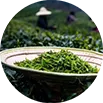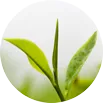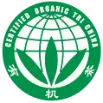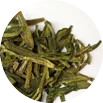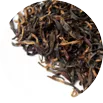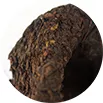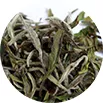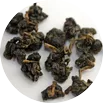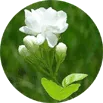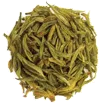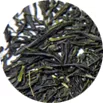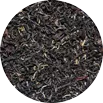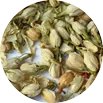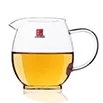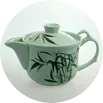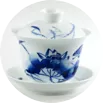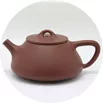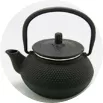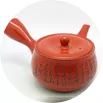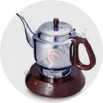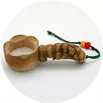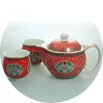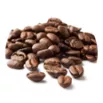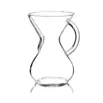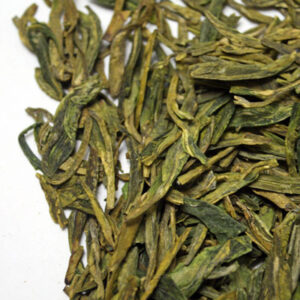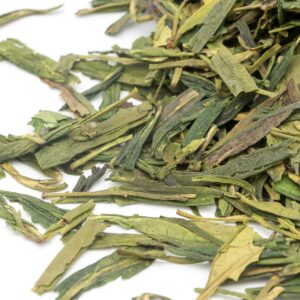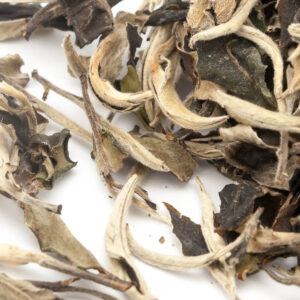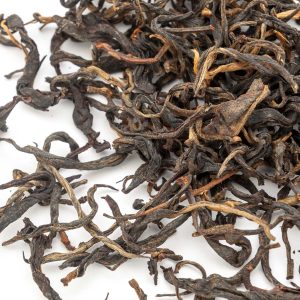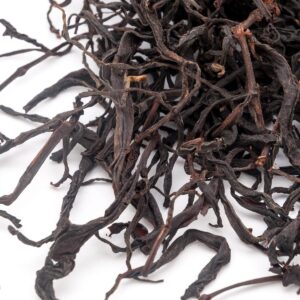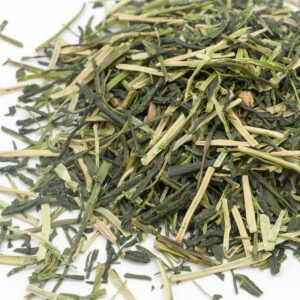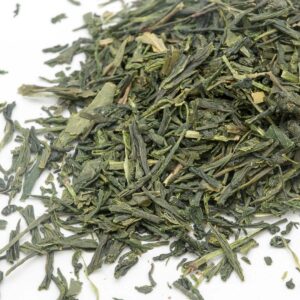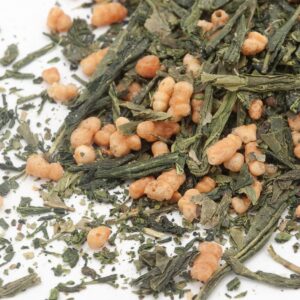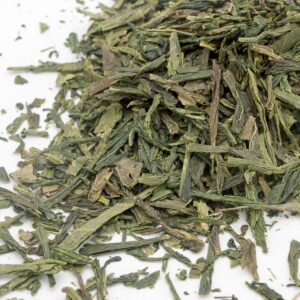Long Jing Xi Hu Superior
The upper class of the well-known & popular "Dragon Wells of the West Lake" (which has a total of 13 different quality classes). Authentic Lung Ching is supposed to be processed only by hand, which requires a lot of skill and time, and thus increases the price of tea.
However, the quality of such tea corresponds to the price. Dragon wells of higher varieties give a crystal clear drink of a tender emerald color with an aroma as dense as orchids and a fresh saturated taste with fruit tones.
Long Jing Xi Hu
"Dragon Well from West Lake". Lake 'Xi Hu' is located near Hangzhou in eastern China. The monastery plantations around it were known from the time of the Classical Book of Tea by Lu Yüe (758 AD).
Lung Ching belongs to spring teas and the best collection comes from the same period. The process of sorting, drying and roasting should be followed exactly for the production of real Lung Ching. The tea has flat leaves, a strong aroma and is sweet and beautifully fragrant in the infusion.
Dian Hong Jin Zhen
"Golden Needles" - an excellent variety of red tea from the Feng Qing area of Yunnan Province. The content of "Da Jin Hao" or "big golden tips" is about 60-70%.
Richly hairy tips are evenly rolled. The color of the infusion is dark orange-red and remarkably clear. The aroma is more balanced and intense than in the Dian Hong Gong Fu class and you can smell the aroma of dried apricots, forest honey and peaches.
The taste is very penetrating & delicate. The tea lasts many infusions, aftertaste persists in the mouth for a long time after drinking. Very good as a warming tea, which makes it especially suitable for drinking in the cold months of the year. For casual tea lovers, it does have euphoric effects.
Meng Ding Si Bei Xiang
"The Scent of Four Cups", a popular and affordable green tea from the Meng Ding Mountains. The name of the tea derives its character with a beautiful, intense sweet aroma ... which is not all, because there are four aromas hidden in the tea, which manifest themselves gradually, with each infusion one of them, which dominates the cup, comes to the fore - hence 'aroma four cups'.
Sparkling yellow infusion sharp, slightly astringent and strong taste with an intense floral-fruity trace on the palate and with a slowly fading slightly spicy aftertaste.
Lü Xue Ya
"Green snow" is a relatively new type of tea, which began to be produced in 2003. Longitudinally rolled leaves have an emerald color and a fresh green aroma.
The emerald green infusion is full of dense, balanced and slightly baked taste in other infusions with a slightly sweet aftertaste. Tea can be prepared only in relatively cold water. The leaching time must then be extended to at least 7 minutes. You can easily prepare a delicious and refreshing 'ice tea' on hot summer days.
Yue Guang Bai “White Moonlight”
"White moonlight" - known as 'white pu-erh' - a special green (sheng) pu-erh with a difference in processing, where the leaves are allowed to fade at night after harvest, instead of in the sun, as is usual in maocha. A large proportion of dull silvery, large hairy tips gives the tea an attractive appearance.
The color of the infusion is yellowish and smells mostly of herbs with a little fruit. The taste is sweet, very complex and develops with each subsequent infusion, with a bit of bitterness gradually appearing and encouraging the distinctive flavors typical of green (sheng) pu-erhas.
Dian Hong Mao Feng
"Downy tip from Yunnan" - a high grade of red tea from the Meng Hai area.
The color of the infusion is orange-red. The aroma is sweet and intense with a typical aroma of dried apricots, malt and forest honey.
The taste is full, fruity-malty with a long-lasting sweet aftertaste. Pleasantly warming tea.
Zheng Shan Xiao Zhong
"Lapsang Souchong", or "smoked tea". A traditional, handmade tea specialty from the Wu Yi Mountains of Fujian Province. Infusion very pleasant and strong, smooth, noble smoky taste with tones of dried fruit. The aroma of pine wood and needles, typical and desirable for this tea, is fully represented and harmoniously combines with the character of the tea as a whole, from which one can already recognize the authenticity and traditional production process.


